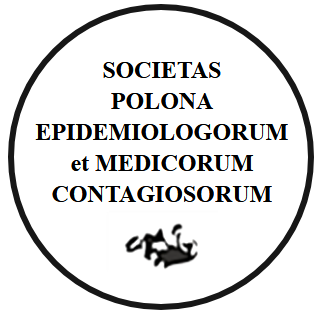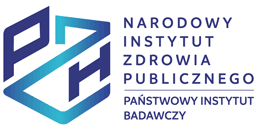RESEARCH PAPER
Can a comic book superhero protect us from diseases? Assessment of an educational tool on immunizations among adolescents.
1
Student Scientific Club of Health Managers, Medical University of Warsaw, Polska
2
Department of the Prevention of Environmental Hazards, Allergology and Immunology, Medical University of Warsaw, Polska
These authors had equal contribution to this work
Submission date: 2025-02-20
Final revision date: 2025-04-25
Acceptance date: 2025-06-10
Online publication date: 2025-07-09
Publication date: 2025-10-03
Corresponding author
Sonia Demianiuk
Student Scientific Club of Health Managers, Medical University of Warsaw, Ul. Banach 1 a, 02-097, Warsaw, Polska
Student Scientific Club of Health Managers, Medical University of Warsaw, Ul. Banach 1 a, 02-097, Warsaw, Polska
Przegl Epidemiol 2025;79(2):250-262
KEYWORDS
TOPICS
ABSTRACT
Background: Due to the increasing phenomenon of medical misinformation, unfavourable health behaviours have emerged, including the rise in the number of rejections of mandatory vaccination. Educational interventions are necessary to build public awareness. Objective: The main purpose of the study was to check students’ attitudes towards vaccination, during assessment of the comic titled 'Vigor Fervorous versus The Spreaders of Nonsense'—an electronic educational tool used during lessons—in terms of its educational effectiveness and students' opinions. Material and methods: A pilot quasi experimental study was conducted among 172 students aged 12–16, from primary and secondary schools located in the Masovia, including municipal and district schools, consisting of three stages: pretest, intervention (a lesson with the usage of the comic in e-book format), and posttest. Participants' attitudes towards vaccination, changes in knowledge levels (before—after), clarity and comprehensibility of the comic and attractiveness of the tool were analysed. Results: Based on Principal Component Analysis, four distinct attitude groups were identified, differing in self-assessed knowledge and the need for further education. Before the intervention, 22.7% of participants demonstrated low level of knowledge, 46.5% medium, 30.8% high. After the intervention, a relative average score increase of 11 percentage points was observed, with greater gains among secondary school students (15 p.p.) than primary students (9 p.p.).
A single common factor was identified, termed “positive assessment of the comic.” The strongest associations were with: “more people should read this comic” (r = 0.876), “it supplemented my vaccination knowledge” (r = 0.844), and “it is an interesting way to convey knowledge” (r = 0.823). Weaker but still significant correlations were found for reduced fear of vaccination and content comprehensibility. Conclusions: The results proved the comic to be an effective and attractive tool for increasing knowledge about vaccination. The identified groups of attitudes confirm the need to tailor educational tools to the needs of target groups.
Share
RELATED ARTICLE
We process personal data collected when visiting the website. The function of obtaining information about users and their behavior is carried out by voluntarily entered information in forms and saving cookies in end devices. Data, including cookies, are used to provide services, improve the user experience and to analyze the traffic in accordance with the Privacy policy. Data are also collected and processed by Google Analytics tool (more).
You can change cookies settings in your browser. Restricted use of cookies in the browser configuration may affect some functionalities of the website.
You can change cookies settings in your browser. Restricted use of cookies in the browser configuration may affect some functionalities of the website.





